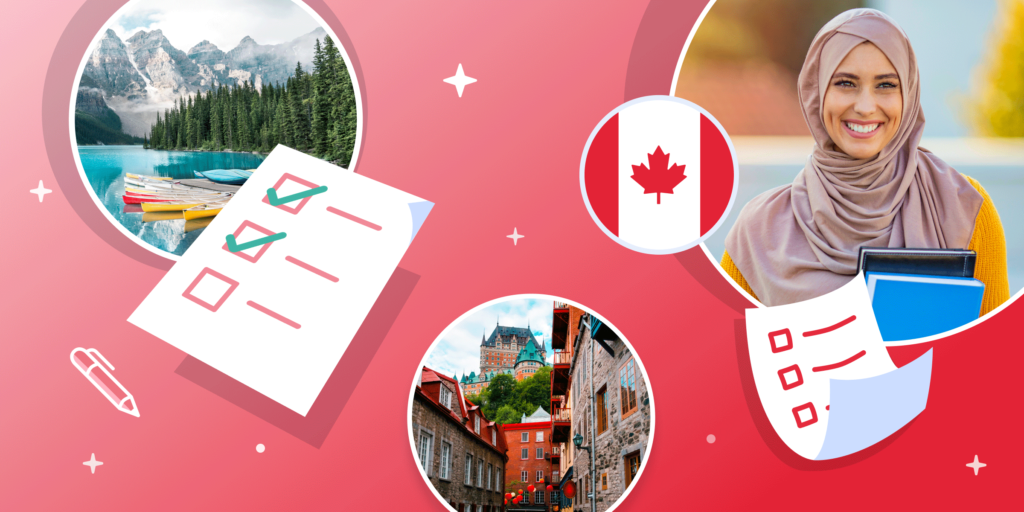Are you considering becoming an undergraduate international student in Canada? The Canadian undergraduate application process can take a while to complete, but if you give yourself enough time to get everything done, you’ll set yourself up for success.
In this post, we’ll explore key application steps and important documents which are common parts of the application. Before starting, refer to your target programs’ pages on the ApplyBoard platform for current application information.
Planning to study in Canada as a postgraduate student? Check out our blog on the postgraduate application process.
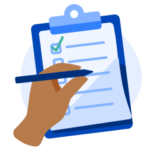
Get Started Early
Consider starting to research as early as 24 months before you’d like to begin your study program. Remember, some documents may need to be mailed physically to an institution or the Canadian government. It’s also good to keep in mind that many institutions take multiple weeks, even months, to process student applications.
To learn about what studying abroad is like, talk with people who have worked or studied in Canada. Ask about their experiences, and what they wish they knew before arriving.
With 15 to 20 months to go, continue researching or working with a study abroad professional to create a list of target programs.
Depending on the programs you’re aiming for, you’ll need to meet or exceed a specific score on an English language proficiency test like TOEFL or IELTS. Often, students will need IELTS scores of at least 6.0 to attend a college or regional university, and at least 6.5 for a larger or U15 university. Taking TOEFL instead? Institutions will generally look for a minimum TOEFL score between 70.0 and 90.0. Be sure to check your individual institution’s admission pages for more details.
Did you know: Lots of international students forget to add their English language proficiency test scores to applications. This can lead to application rejection. Don’t let that happen to you! Include your score on every program application.
What’s the difference between PTE and TOEFL? How much does it cost to take a proficiency test? Our blog’s got the answers you’re looking for!
If you want to study at a Canadian college or university taught in French, take a French language proficiency test instead. Test d’Evaluation du Français (TEF) and Test de Connaissance du Français (TCF) are widely accepted options.
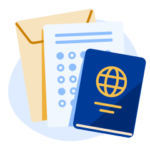
Assemble Your Application
Once you’ve decided which programs you’re applying to, check individual program pages for their application requirements. With 12 to 13 months to go, start putting your applications together. Here are our top strategies for creating and compiling some of the most commonly requested supporting documents:

Note: If your transcript is not in English (or French, where applicable), factor in time to have it professionally translated.






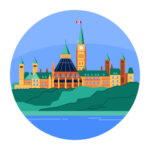
Application Timelines
It’s also a good idea to learn when each of your target programs’ applications are due, and which intake sessions (or program start dates) align with them. Many programs only admit new students in September.
Canadian academic intakes are in:
- Fall: Application deadlines are generally between January and March. The semester starts in September.
- Summer: Application deadlines range between January and March, with the semester starting in May.
- Winter: Application deadlines range between September and November. The semester starts in January.
However, some institutions have rolling intake sessions. This means classes start every couple of months. Other schools offer rolling admission, where incoming applications are processed as they’re received, and programs close once filled.
Start applying as soon as your application materials are ready. Ideally, start applying nine months before you’d like to begin your studies. This gives you enough time to apply for immigration documents. In fact, to apply for your Canadian study permit, you’ll need a Letter of Acceptance from the institution where you’ll be studying, which can take up to two months after the academic application deadline to be issued.
Explore first-year pathway programs at Navitas Canada colleges! Learn more about Fraser International College, International College of Manitoba, or Wilfrid Laurier International College on the ApplyBoard platform.
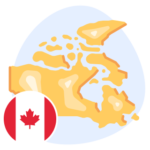
Study Permit Timelines
It may take a few months to process a Canadian study permit, so, depending on where you’re applying from, it’s important to factor that time into your schedule. As of November 2024, the average study permit processing time ranges from 1 to 12 weeks, depending on which country you’re applying from. You can use the government’s calculator to see current timing estimates.
As part of the study permit application, you’ll create a study plan outlining how your studies will impact your career. The study plan is your chance to explain whether there are similar academic opportunities in your home country, and how studying in Canada aligns with your academic plan.
Ready to write your Canadian study plan? Here are some common questions and answer strategies.
School Responses and Travel Planning
With four or five months to go, you should start hearing back from the institutions you applied to. Now, work independently or with a study abroad professional to make your program selection, accept and return the offer, and pay a tuition deposit.
Then, start planning your student life! Set up housing, health insurance, and travel arrangements. There’s lots to discover off-campus, too. Look at the area to find out what makes it special, as learning that can help your new community feel like home.
Wondering about health and travel insurance options available to international students? Find out more on our blog.
A month before classes begin, submit your arrival info to any parties who require it. Soon, you’ll be an international student in Canada. Best of luck! We hope this guide to the Canadian undergraduate application process is helpful.
Ready to find a study program in Canada that suits your academic goals and budget? The ApplyBoard platform can help you find the right program to fast-track your career.
